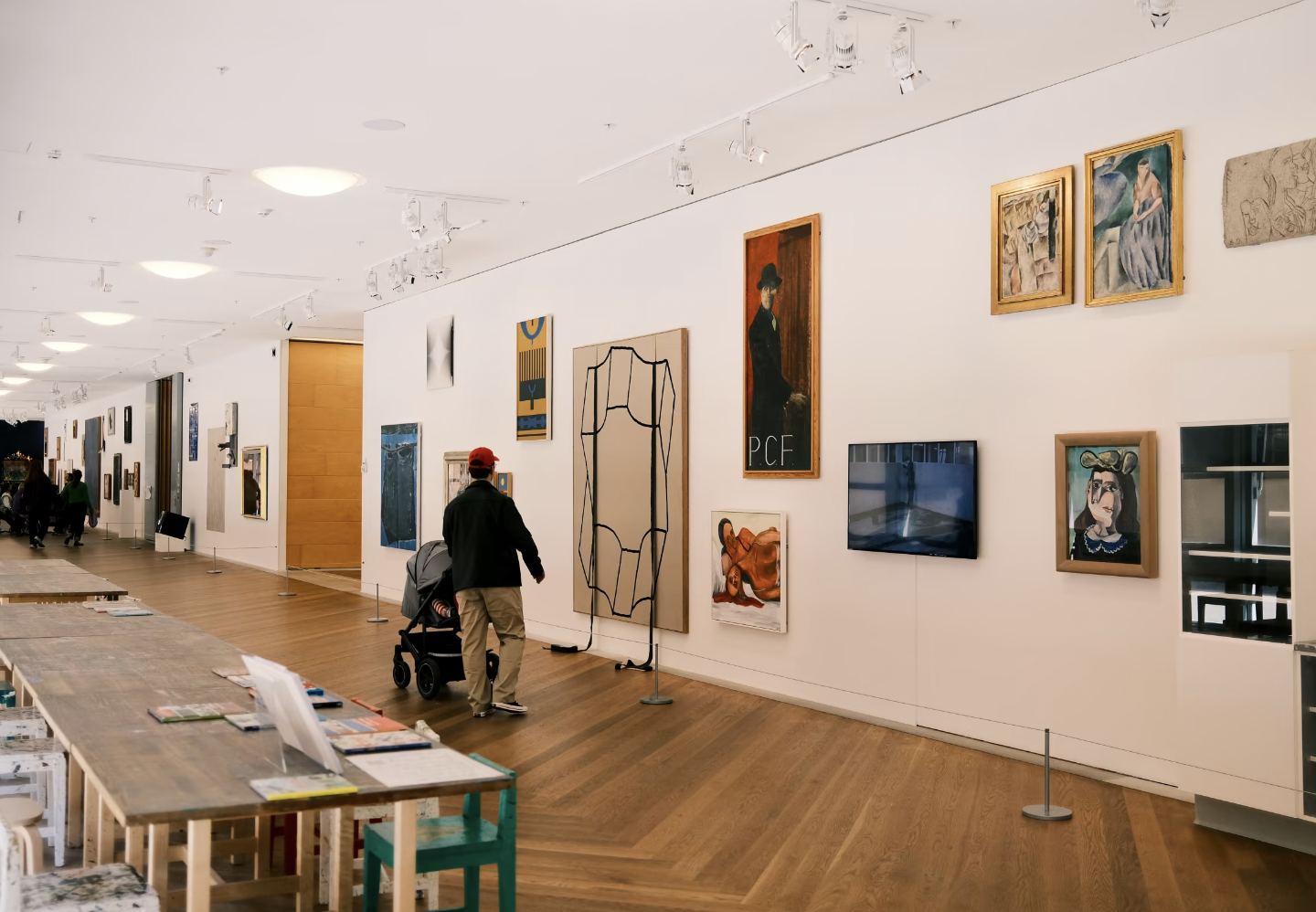The Art of Conservation and Restoration
Tatum Dooley on August 24, 2023

Art conservation is a professional practice that focuses on preserving the cultural significance, material integrity, and historical context of works of art. Its main aim is to prolong the life of these works by protecting them from deterioration, damage, and loss. On the other hand, art restoration involves returning art to its original state as the artist intended or as close as possible. Restoration involves cleaning, stabilizing, and repairing damages.
Art museums have specialized departments dedicated to art conservation, researching best practices to ensure the safety and longevity of artworks within their collections. They combine scientific analysis, art history, and hands-on treatments to determine the most appropriate preservation methods. For example, the Conservation Department at the Metropolitan Museum of Art engages in ongoing research to improve preservation techniques, from preventing degradation to enhancing display methods.
You don’t have to be an expert to take good care of your artwork. Reasonable care is always the best prevention. Taking steps to ensure that your collection isn’t in situations that could become damaged—such as proper framing and storage—will circumvent the need for expensive restoration.
Contemporary Acts of Restoration—The Good & The Bad
Art restorers do amazing things with art—restoring it to a past state and allowing audiences to continue to experience important cultural objects for many years. Among the celebrated restorations is the cleaning and repair of Michelangelo's Sistine Chapel ceiling in the Vatican. The process took over a decade, revealing vibrant colours hidden by centuries of dirt and grime.
Advancements in technology, scientific analysis, and specialized methodologies have paved the way for accurate restoration processes, allowing conservators to breathe new life into deteriorated or damaged artworks. At the same time, some projects have been marred by controversy and debate, casting light on the fine line between restoration and alteration. Edvard Munch's "The Scream" restoration deserves mention among the successes. The painting suffered water damage after a theft in 2004. Thanks to advanced imaging techniques and meticulous treatment, conservators stabilized and repaired the artwork without losing its essential character.
However, not all contemporary restorations have been well-received. The restoration of Kazimir Malevich's "Black Square" was a subject of concern. The removal of varnish revealed a hidden inscription, altering the perception of the painting. Critics argued that the restoration compromised the painting's integrity by uncovering aspects not originally intended to be seen.
Sometimes, restorations have become failures due to inadequate expertise or mishandling. Bad restorations also provide lessons. The infamous amateur restoration of "Ecce Homo" by Elias Garcia Martinez in Spain turned into a botched job that altered the appearance of the painting altogether. While it unintentionally gained fame and attracted visitors, it is a cautionary tale about the importance of professional conservation.
At Home Art Conservation
These successes and failures in contemporary art restoration reflect the complexities and responsibilities accompanying the process. They underscore the necessity of having knowledgeable and skilled conservators who can navigate the delicate balance between preserving historical authenticity and reviving the aesthetic qualities of an artwork. Each restoration project presents unique challenges, and the nuanced approach of the professionals involved often determines whether the result is hailed as a triumph or criticized as a misstep.
Remember, taking good care of your art eliminates the need for art restoration down the line. Here are a few tips:
- Control the Environment: Ensure that the temperature, humidity, and lighting are appropriate for the type of artwork. Sudden changes in these factors can lead to deterioration.
- Handle with Care: Use proper techniques when moving and displaying artwork. If possible, hire art handlers to move art from place A to place B to avoid any mishaps in transit. Avoid touching surfaces that are susceptible to damage.
- Choose the Right Frame and Glass: Select materials that provide protection but don’t harm the artwork. UV-protective glass, acid-free mats, and suitable frames can make a significant difference. When done right, framing can be quite expensive. But it’s worth it—the alternative is expensive restoration costs.
- Seek Professional Help when Necessary: Consult a professional conservator if a piece needs cleaning or restoration. Amateurs attempting to restore art can lead to irreversible damage.
Art conservation and restoration are vital aspects of preserving our cultural heritage. Whether in museums with dedicated departments or private collections, understanding and applying the principles of art conservation is essential. With the proper knowledge, techniques, and respect for the art, we can ensure that these pieces endure for future generations.
Did You Know? If an artwork on Peggy does need to be restored, a new Digital Fingerprint can be created with an artist or gallery's oversight that allows the painting to be authenticated for generations to come.
